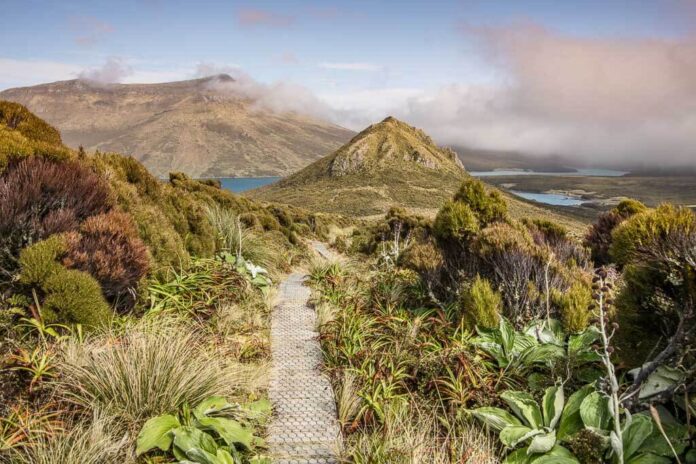In and around New Zealand, there are numerous stunning islands. While some might be simpler to reach than others, each one is special and offers excellent qualities. See some offshore treasures that are sure to leave everyone in awe.
1. Waiheke Island
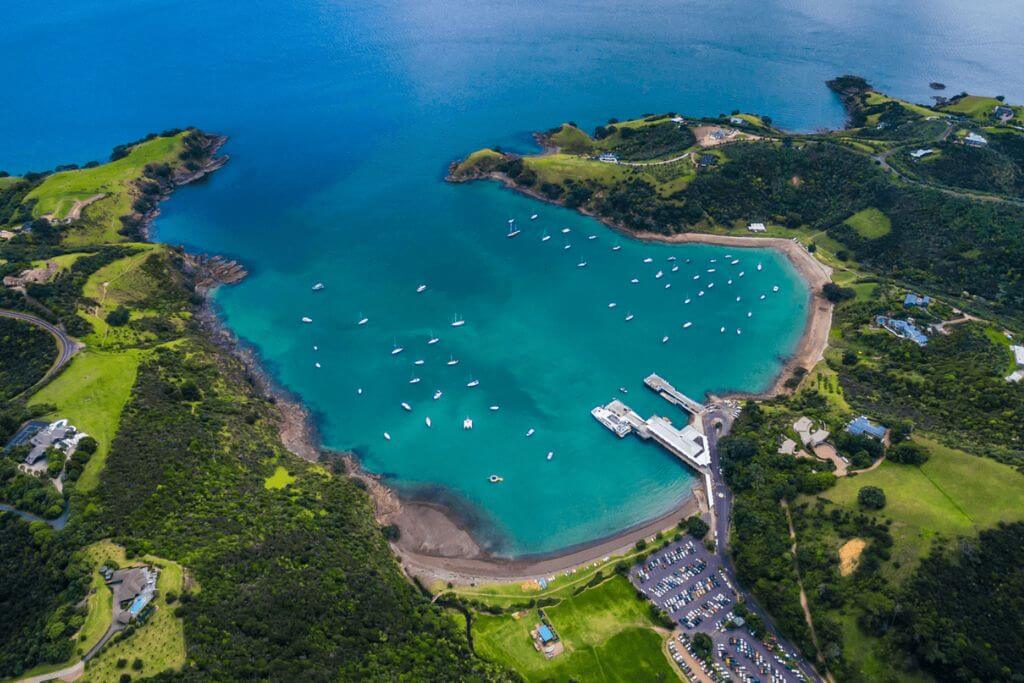
Although Waiheke Island is the most inhabited island in New Zealand, Stewart Island is one of the largest islands. The most accessible and second-largest island in Auckland’s Hauraki Gulf, Waiheke, is also a lovely location. It takes about 40 minutes to get there by ferry. The island is a well-liked spot for day trips, weddings, and honeymoons due to its gorgeous vineyards and scenic beaches.
2. Kapiti Island
The seashore, shrubland, and native forestry all coexist in perfect harmony on Kapiti Island. It is located 5 kilometers (3 miles) from the lower North Island’s western coasts and has two protected conservation areas with a variety of native birds, marine life, and critically endangered species.
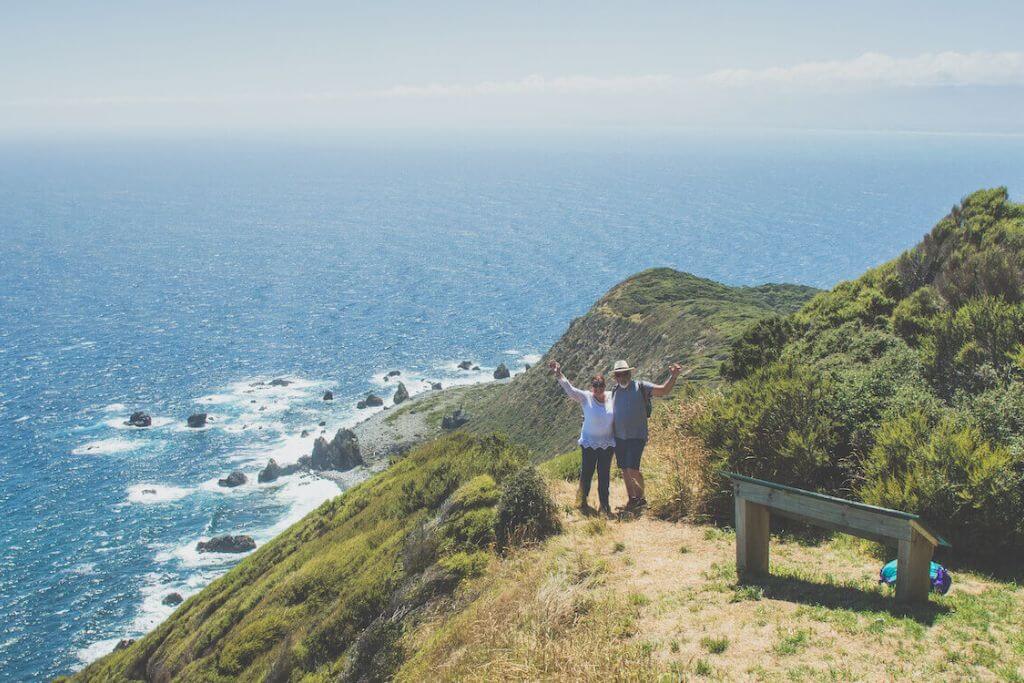
Due to Wellington’s close proximity, the island has become a well-liked tourist destination, especially for birdwatchers. However, daily visitor numbers are restricted in order to maintain the local ecosystem.
3. Rakiura/Stewart Island
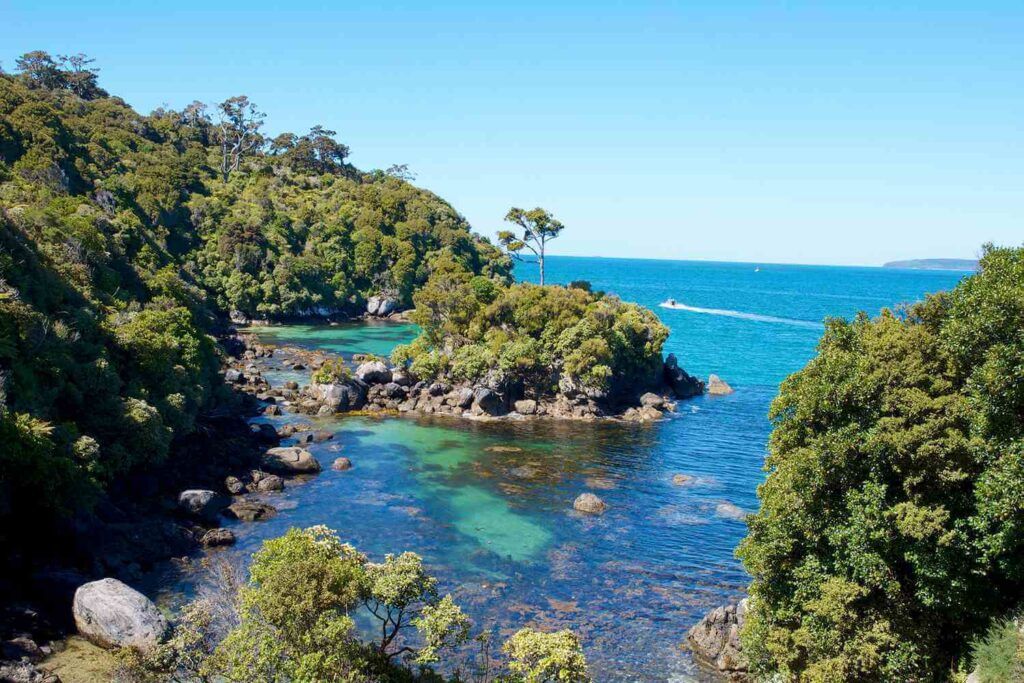
The third-largest island in New Zealand is called Rakiura/Stewart Island. There is only one settlement on it with the name of Oban, and it is located on the eastern side of the island in Halfmoon Bay. It is located 30 kilometers (19 miles) south of the South Island. Unique animals, breathtaking natural features, and fantastic walking and trekking paths may all be found on Stewart Island.
4. Chatham Islands
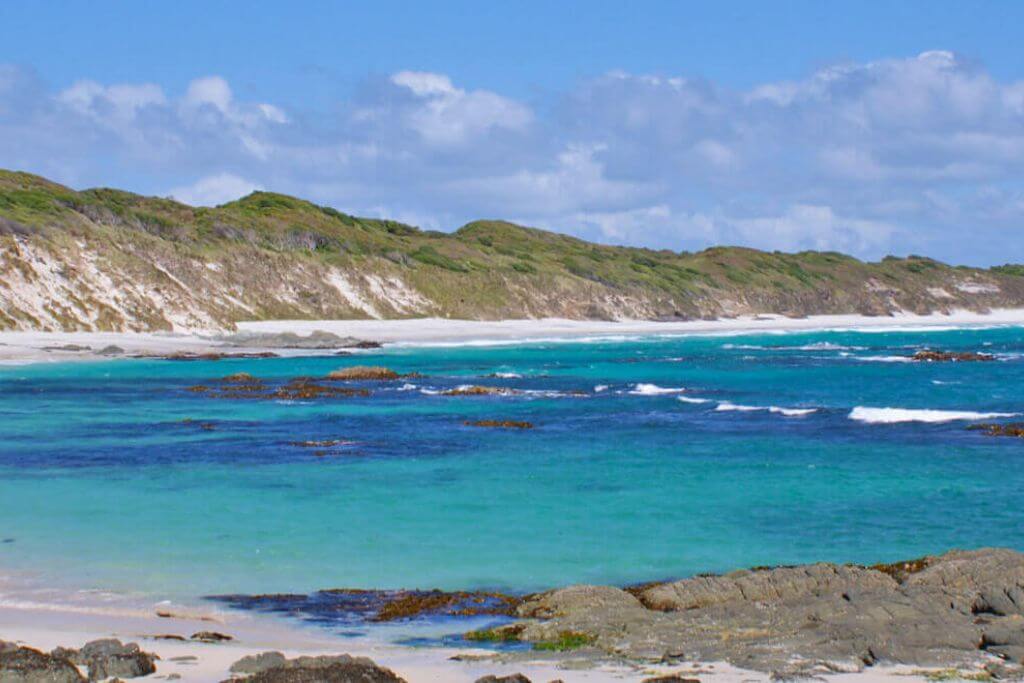
The Chatham Islands, a group of 10 islands within a 60 km (37 mi) radius, are renowned for being the first location in the world to welcome the New Year. The only inhabited islands are the two largest, Chatham and Pitt; the majority of the smaller islands have either limited access or are completely off-limits. Fly into this steep exhibition of vegetation, picturesque beaches, dunes, and gigantic lagoons from Christchurch, Auckland, or Wellington.
5. Aotea/Great Barrier Island
The largest island in the Hauraki Gulf is Aotea/Great Barrier Island. You may get to the island on passenger boats that leave from downtown Auckland, just like you can with Waiheke.
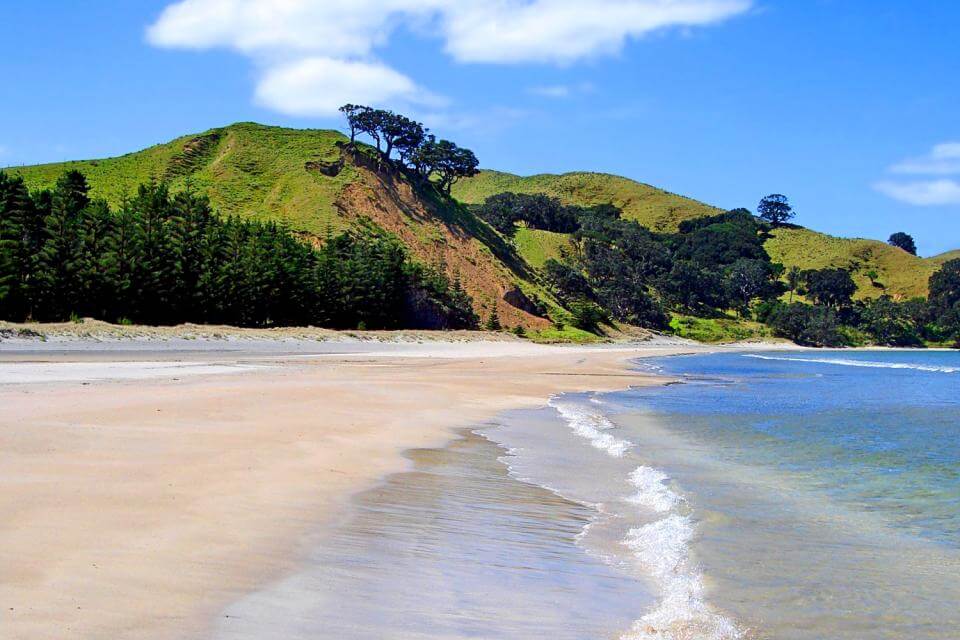
While the western side is best known for its tranquil, protected bays, the eastern shoreline is home to tall cliffs and breathtaking surf beaches. Another significant feature is the native woodland, and the island has a number of interesting walking trails.
6. Te Hauturu-o-Toi/Little Barrier Island
The first nature reserve in New Zealand was founded on Te Hauturu-o-Toi/Little Barrier Island in 1896. Because of its significance to local conservation efforts, access to the island’s absence of pests is severely constrained.
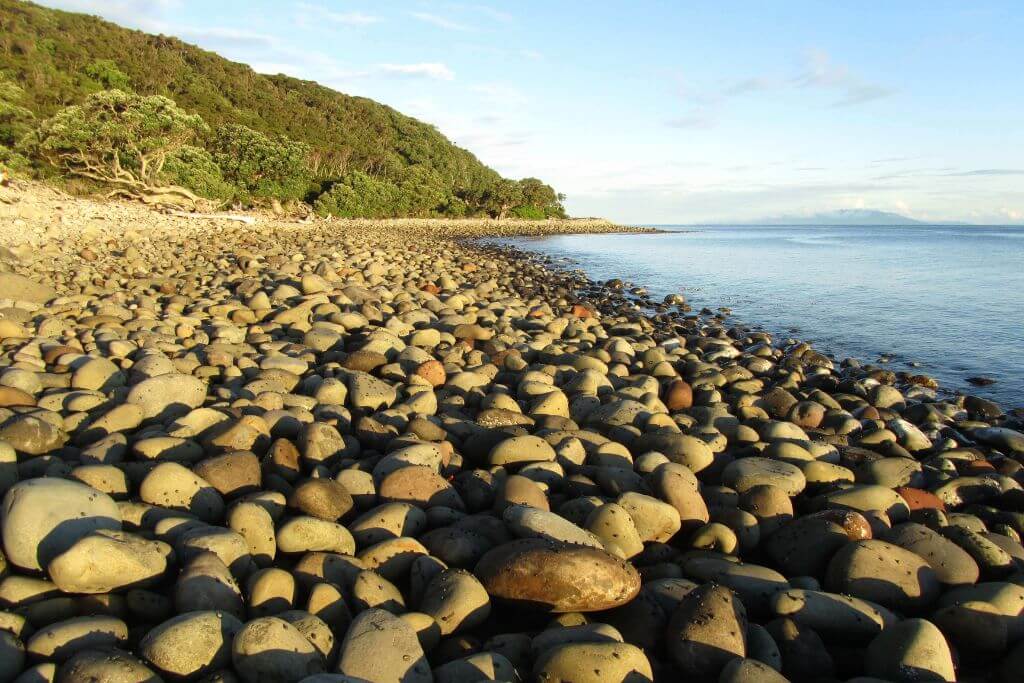
Before you can board a commercial charter authorized to carry you to the island, you must obtain a special permit from the Department of Conservation if you want to visit. Little Barrier is located 80 kilometers (50 miles) north of Auckland and is a great location for diving, snorkeling, and birding.
7. Rangitoto ki te Tonga/D’Urville Island
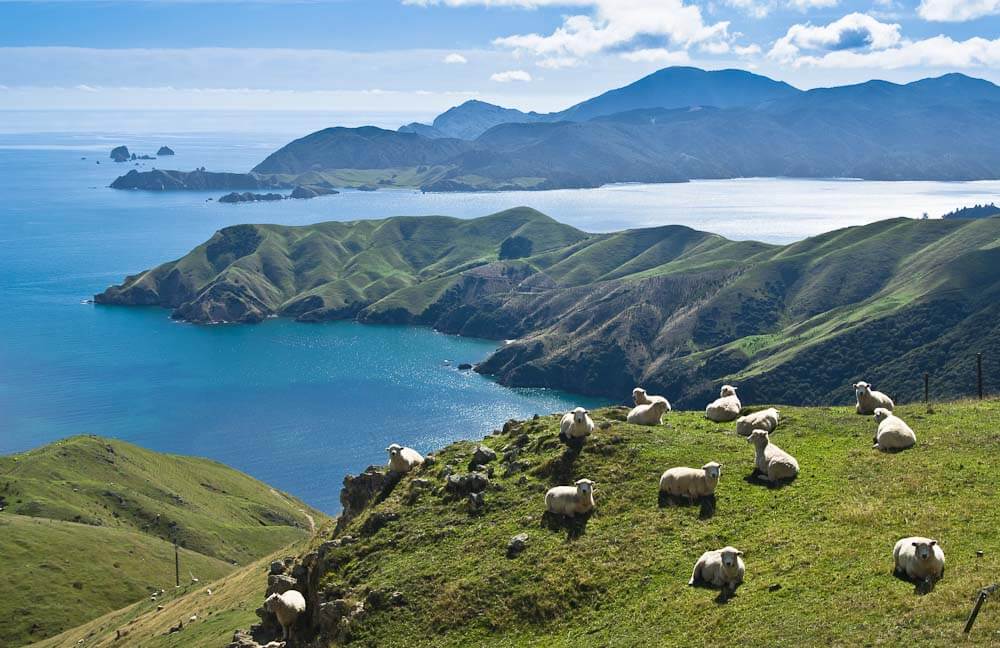
The lovely island of Jules Dumont d’Urville is located in the Marlborough Sounds and was named after the French explorer. The island’s natural isolation plays a significant role in its appeal. You can engage in various outdoor pursuits here, including diving, snorkeling, cycling, walking, and seeing marine life.
8. Motu Ihupuku/Campbell Island
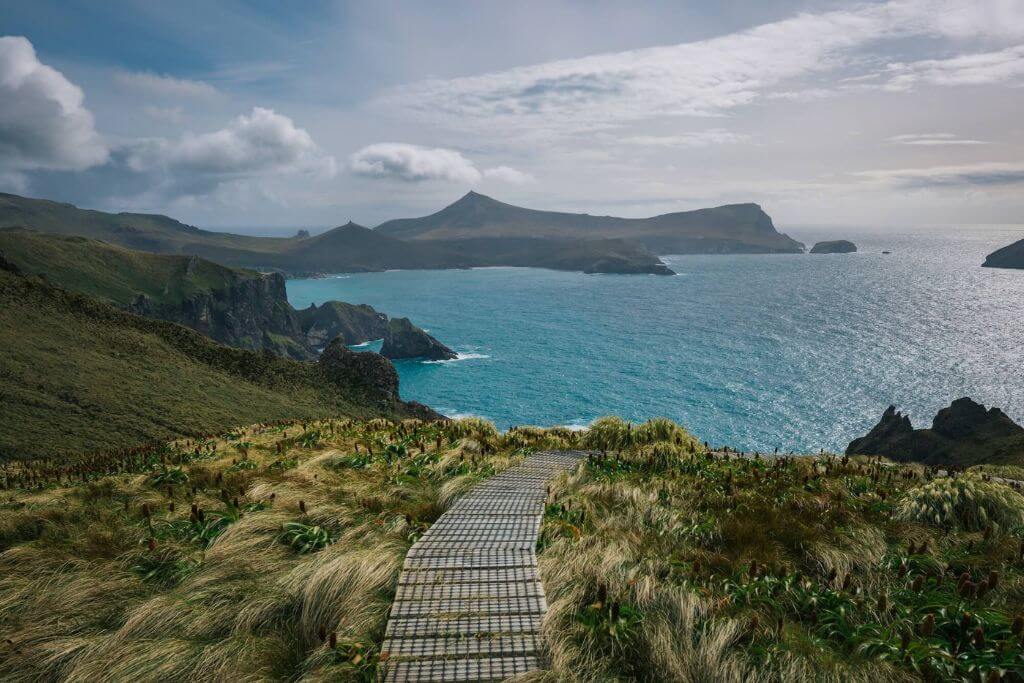
A subantarctic Unesco World Heritage site, which includes Motu Ihupuku/Campbell Island, is located 700 kilometers (435 miles) south of the South Island. It is the largest of the Campbell Islands, ringed by numerous islands and rock formations, the most well-known of which are Dent Island, Folly Island, and the Isle de Jeanette Marie.
Campbell Island is steep, rugged, and encircled by cliffs. It is also home to a number of rare birds, including the highly endangered Campbell Island teal and snipe.
9. Rangitoto Island
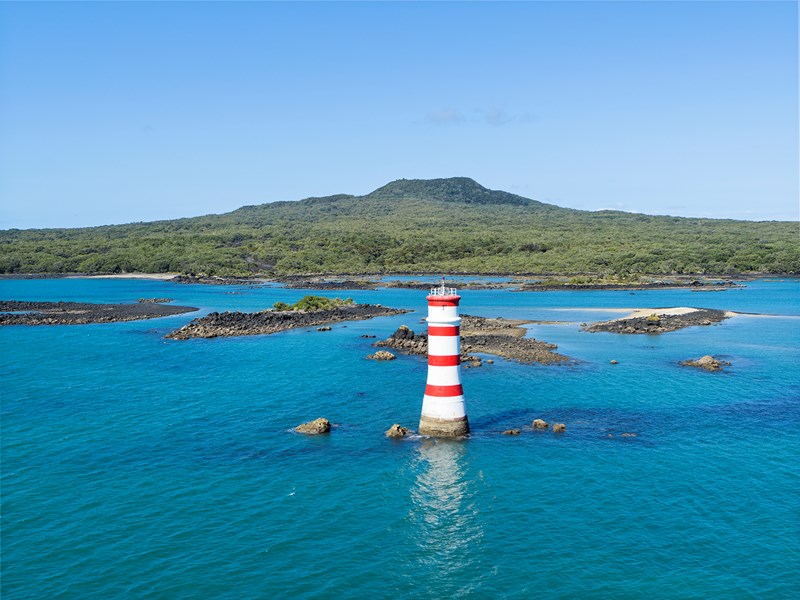
Among the most recognizable natural landmarks in Auckland are Rangitoto Island and its young volcano. The island, formed by the sea only 600 years ago, is close to the city and a popular location for individuals who want to go hiking and engage in water sports. Some of the most well-liked activities on the island include sea kayaking, bird watching, and summit hikes up Rangitoto.
10. Poor Knights Islands
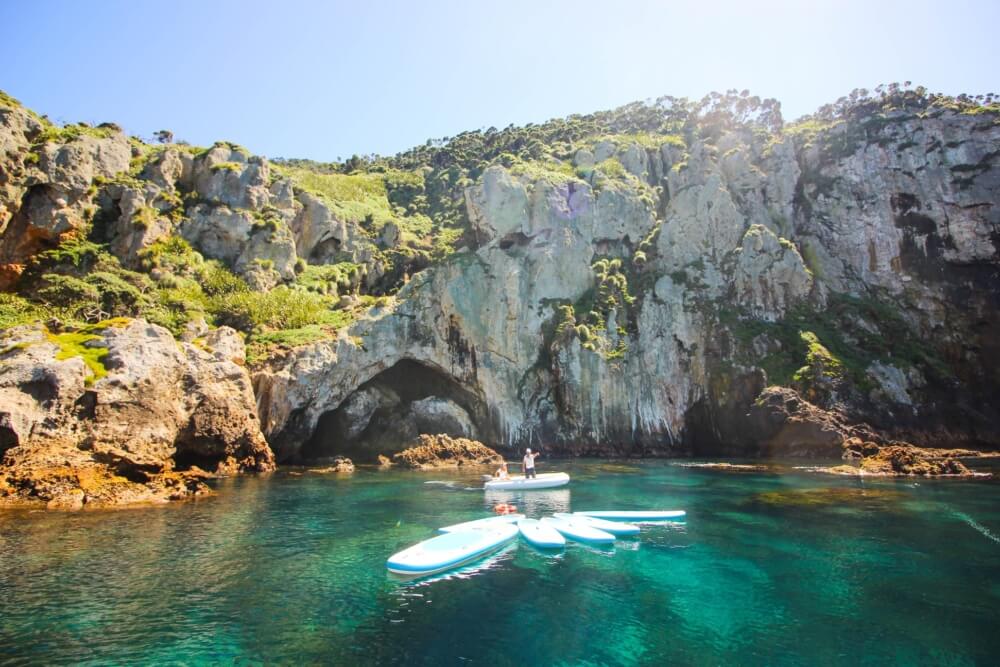
Off the Tutukaka Coast in the Northland region of the North Island lie the Poor Knights Islands. These amazing networks of underwater caverns, arches, tunnels, and cliffs are made of the remains of a few old volcanoes. The primary activities on the island are diving and snorkeling; in fact, the sea surrounding the islands has been a marine reserve since 1981 because of its extraordinary biodiversity.
